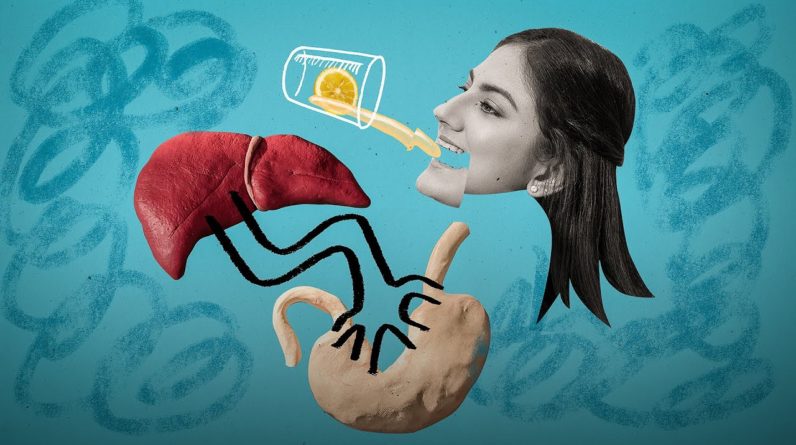
Millions of Americans use caffeinated beverages every day as a pick me up. It is after all the world's most popular drug and with new caffeine infused products like energy drinks, gum and even beef jerky hitting the shelves, our love affair with caffeine shows absolutely no signs of slowing down. Caffeine is an interesting drug because when enters the body it breaks up into three different yet very similar molecules. When metabolized in the liver, enzymes chisel off one of three methyl groups to form these three metabolites with three different effects on your body: Theobromine.
Paraxanthine. Theopylline. While in the brain, this caffeine party crashes adenosine receptors blocking the normal guest, adenosine from doing its job. Adenosine is responsible for slowing down your back giving our brains giving us the cue to calm down and take a nap. Also adenosine is responsible for regulating neurotransmitters in the brain such as dopamine. As you can see, adenosine is also quite similar to caffeine in structure, which is why caffeine binds so easily to the adenosine protein receptors. Once connected, caffeine increases the activity in neurotransmitters like dopamine ultimately leading to heightened brain activity. Then the three metabolites perform
their own specific functions. Theobromine increases oxygen and
nutrient flow to the brain. Paraxanthine enhances your body's athletic performance by increasing the rate a fat breakdown to fuel muscle activity. Theopylline increase your heart rate and reinforces your ability to concentrate. And although these effects come together to produce a state of wakefulness, too much caffeine can turn sour pretty quick. At higher doses caffeine is known to cause jitters, anxiety and just general all-around
discomfort.
For this reason scientists have found four hundred milligrams is the safest average dose of caffeine for adults. To put that into perspective, that'll be around three eight-ounce cups of coffee, five eight-ounce Red Bulls or a whopping eight cups black tea. And on a side note site it’s also found that caffeine becomes toxic around 10 grams, which works out to be about seventy five cups of coffee, or 180 cups black tea. However in the lethal limit does vary widely from person to person. Hey thanks for watching folks. Stay tune next week, we've got more science coming your way that can only make you smarter.
And if you haven't already make sure to subscribe, so that you don't miss anything. Oh and if you have any chemistry themed questions, make sure to post them in the comments, they might be in upcoming videos..







